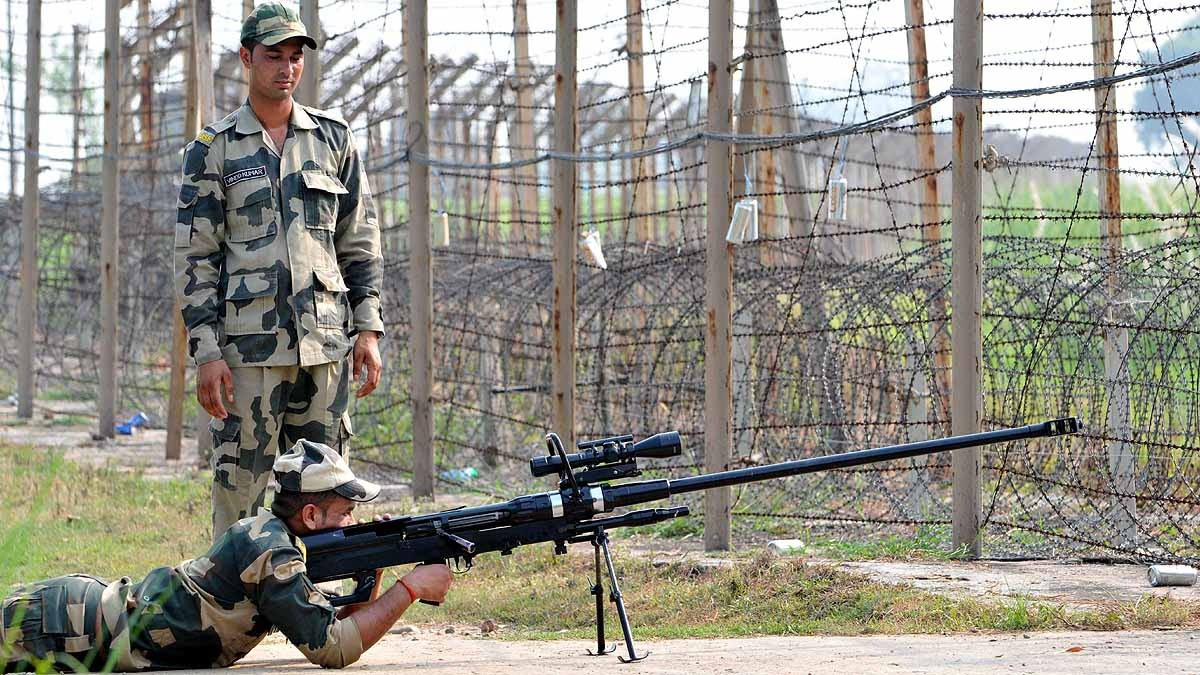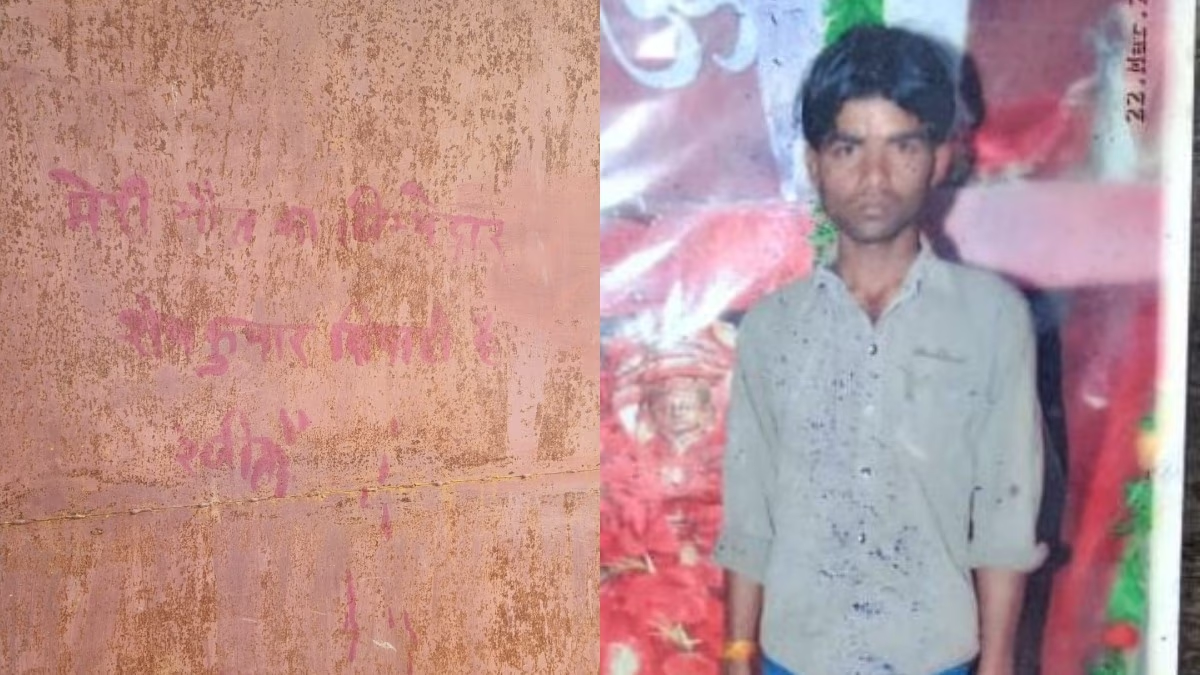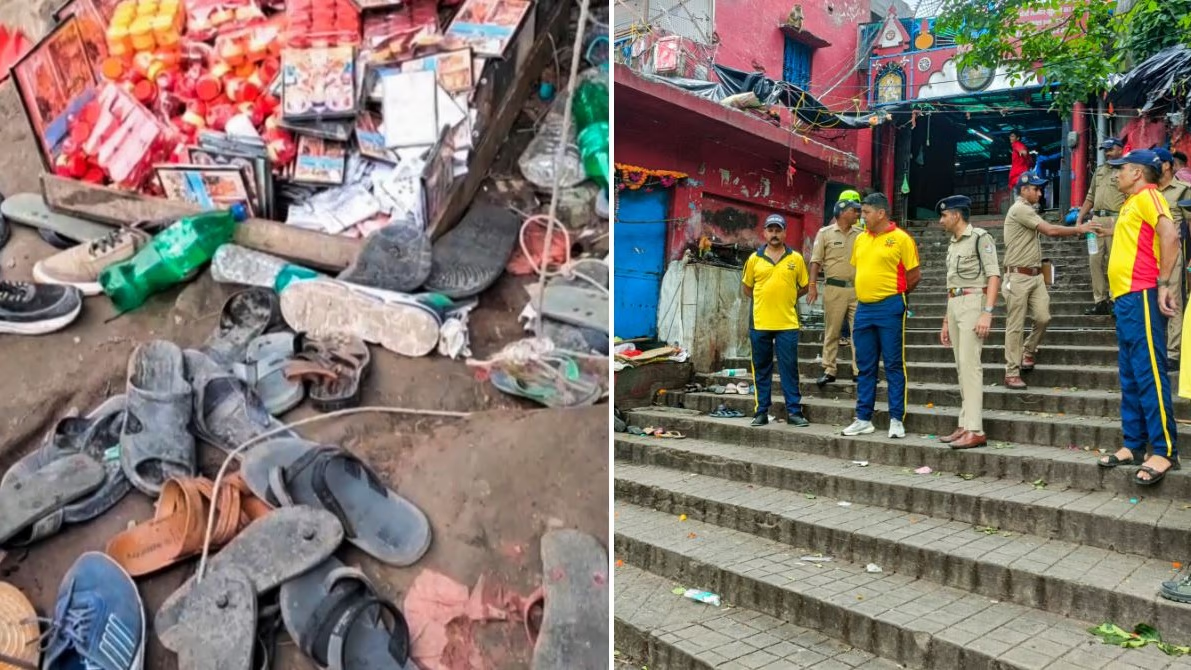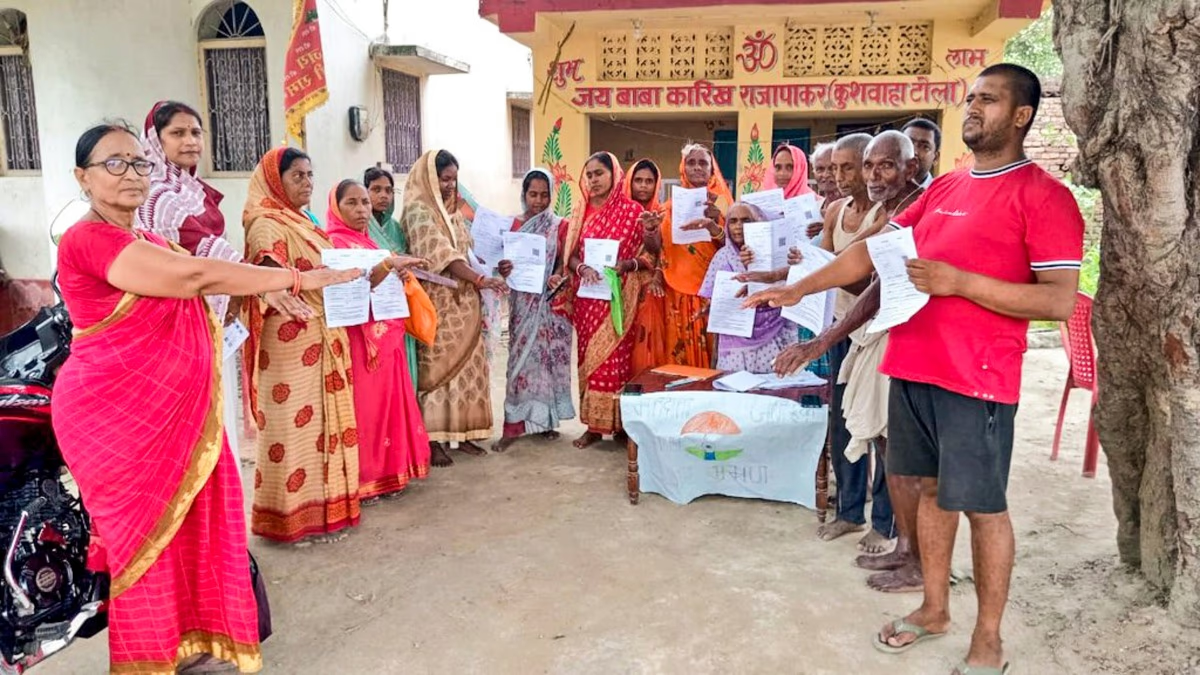The potency of India against terrorism was prominently displayed during Operation Sindoor, which commenced on May 7, 2025. The Border Security Force (BSF) played a pivotal role in this mission, annihilating terror strongholds across the Pakistani border. On May 27, 2025, in Jammu, the BSF showcased its indigenously developed 'Vidhwansak' anti-material rifle, among other weapons utilized in Operation Sindoor. This rifle obliterated Pakistani bunkers, towers, and observation posts, compelling enemy forces to withdraw.
Background of Operation Sindoor
On April 22, 2025, a terrorist attack in Pahalgam, Jammu and Kashmir, resulted in the deaths of 25 Indian citizens and one Nepali. Responsibility was attributed to terror groups Jaish-e-Mohammed and Lashkar-e-Taiba, operational from Pakistan. In retaliation, India launched Operation Sindoor on May 7, which led to the destruction of nine terror sites.
Pakistan launched 413 drone and 860 missile attacks on Indian military and civilian targets from May 8 to 10, which were efficiently thwarted by India's air defense systems like Akash and Spider. The BSF responded with demolishing 76 Pakistani outposts, 44 forward defense locations (FDLs), and three terror launch pads along the Jammu and Punjab borders.
BSF's Arms Exhibition
An arms exhibition was held on May 27, 2025, at the BSF Frontier Headquarters in Jammu, showcasing the weapons employed in Operation Sindoor. The exhibition featured the Vidhwansak rifle, automatic grenade launchers, 12.7 mm anti-aircraft guns, and medium machine guns (MMGs). The officers demonstrated how these weapons effectively destroyed Pakistani posts.
'Vidhwansak' Anti-Material Rifle: India's Pride
The 'Vidhwansak,' an indigenous anti-material rifle developed by the Armament Research and Development Establishment (ARDE) and Ordnance Factory Tiruchirappalli, proved to be BSF's most lethal asset during Operation Sindoor. Key features include...
Range and Power
Range:
Effective up to 1300 meters and with a maximum range of 1800 meters.This rifle utilizes 14.5 mm and 20 mm ammunition capable of demolishing bunkers, towers, and armored vehicles, holding three rounds per magazine. The barrel, bolt, and magazine are adaptable to operational needs.

Source: aajtak
Distinctive Features of Vidhwansak
Precision targeting up to 1300 meters, easily destroying bunkers and armored vehicles. Its versatility with various ammunition and barrels makes it ideal for diverse missions. As a Made in India product, it ensures ease of maintenance and supply. A BSF officer remarked that Pakistani posts could not withstand the Vidhwansak. Its swiftness could even halt a water flow.
Operational Impact
BSF officer Rakesh Kaushik reported that the Vidhwansak utterly destroyed Pakistani observation posts, bunkers, and pillboxes. Notably, it devastated the Looney camp, a stronghold of Hizbul Mujahideen and Lashkar-e-Taiba in the Sialkot sector.
Indigenous Technology
A complete 'Make in India' weapon symbolizing India's defense self-reliance. By 2024, BSF had ordered 40 Vidhwansak rifles.
The Role of Other Weapons
Automatic Grenade Launcher (AGL): Fires 30 mm grenades with a range of 1700 meters. The AGL inflicted significant damage on enemy posts and terror bases during Operation Sindoor.
12.7 mm Anti-Aircraft Gun: Capable of firing 650-1000 rounds per minute, effectively neutralized drones and enemy infrastructure. BSF used it to down Pakistani drones and obliterate their posts.
Medium Machine Gun (MMG): Operated by a trio of personnel, this weapon proved effective in countering enemy retaliation. It was employed by the BSF in both Sialkot and Jammu sectors.
Achievements of BSF in Operation Sindoor
BSF accomplished the following milestones during Operation Sindoor...
Destruction of 76 Pakistani Posts: Forces had to abandon their posts in the Jammu and Sialkot sectors.
Elimination of 3 Terror Launch Pads: On May 9-10, two major launch pads, including one ISI-operated complex, were annihilated.
Neutralization of 24 Terrorists: Hizbul and Lashkar terrorists perished in the Sialkot sector.
Thwarting Drone and Missile Attacks: Pakistan's 413 drone and 860 missile assaults were successfully countered by BSF and IAF.
Protecting Civilians: Unlike Pakistan, which evacuated numerous villages, BSF ensured Indian villages remained secure.
IG Jammu Shashank Anand stated, "We obliterated enemy strongholds, forcing them to abandon their BOPs." BSF's women officers also participated in combat, with one commanding a BOP.
Operation's Broad Impact
Operation Sindoor not only obliterated terror bases but also had significant strategic repercussions...
Pressure on Pakistan:
Home Minister Amit Shah remarked that the operation obliterated terror camps up to 100 km inside Pakistani territory.
India's Might:
The precision of BSF and IAF actions demonstrated India's military and technological superiority.
Border Vigilance:
Post-operation, BSF thwarted infiltration attempts in Gujarat and Punjab. Two Pakistani infiltrators were apprehended on May 21 and 25.
Women's Role:
BSF women officers stood shoulder to shoulder with men during combat.
Proposal for Naming:
BSF proposed naming a Samba post 'Sindoor' and other posts after martyrs.




